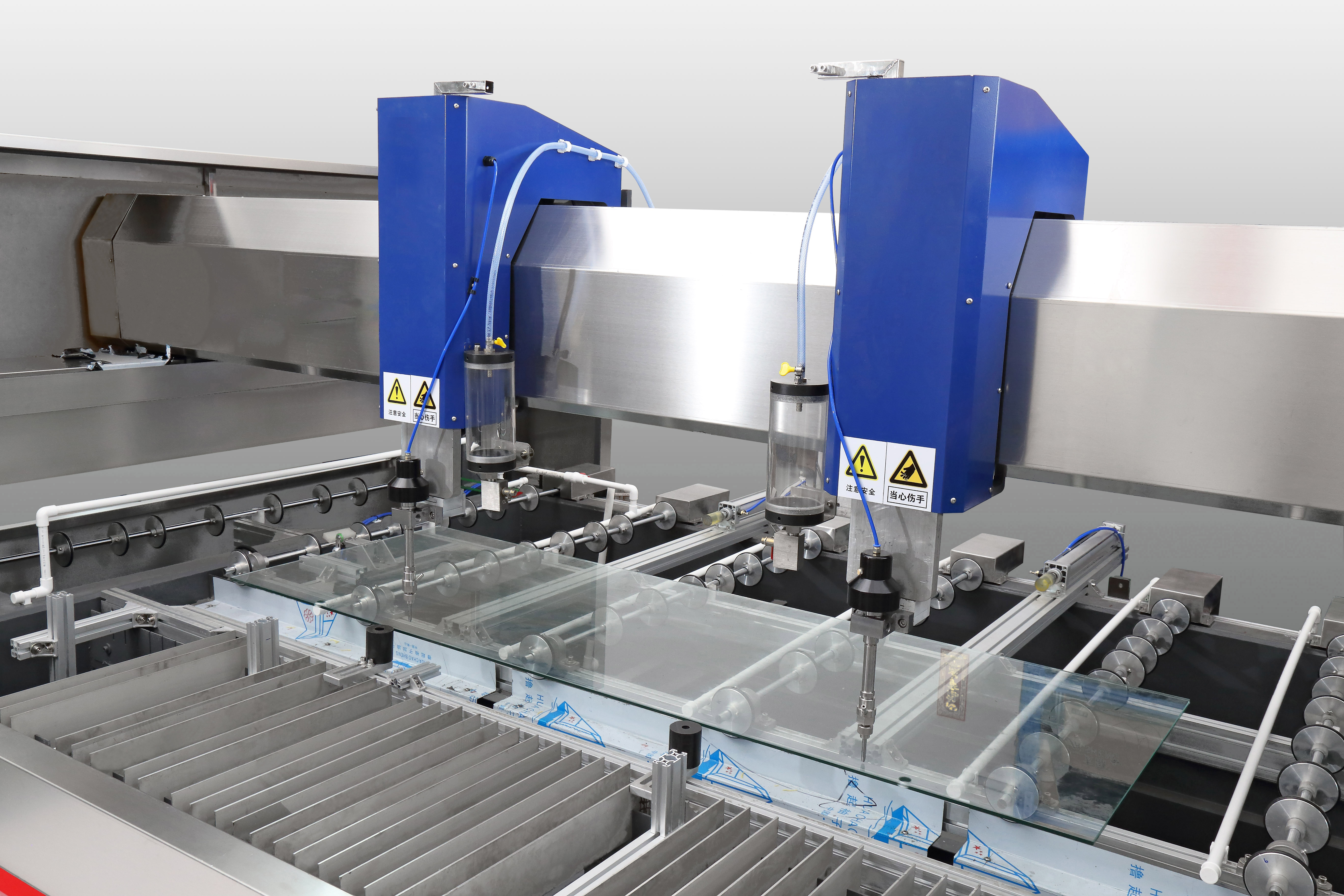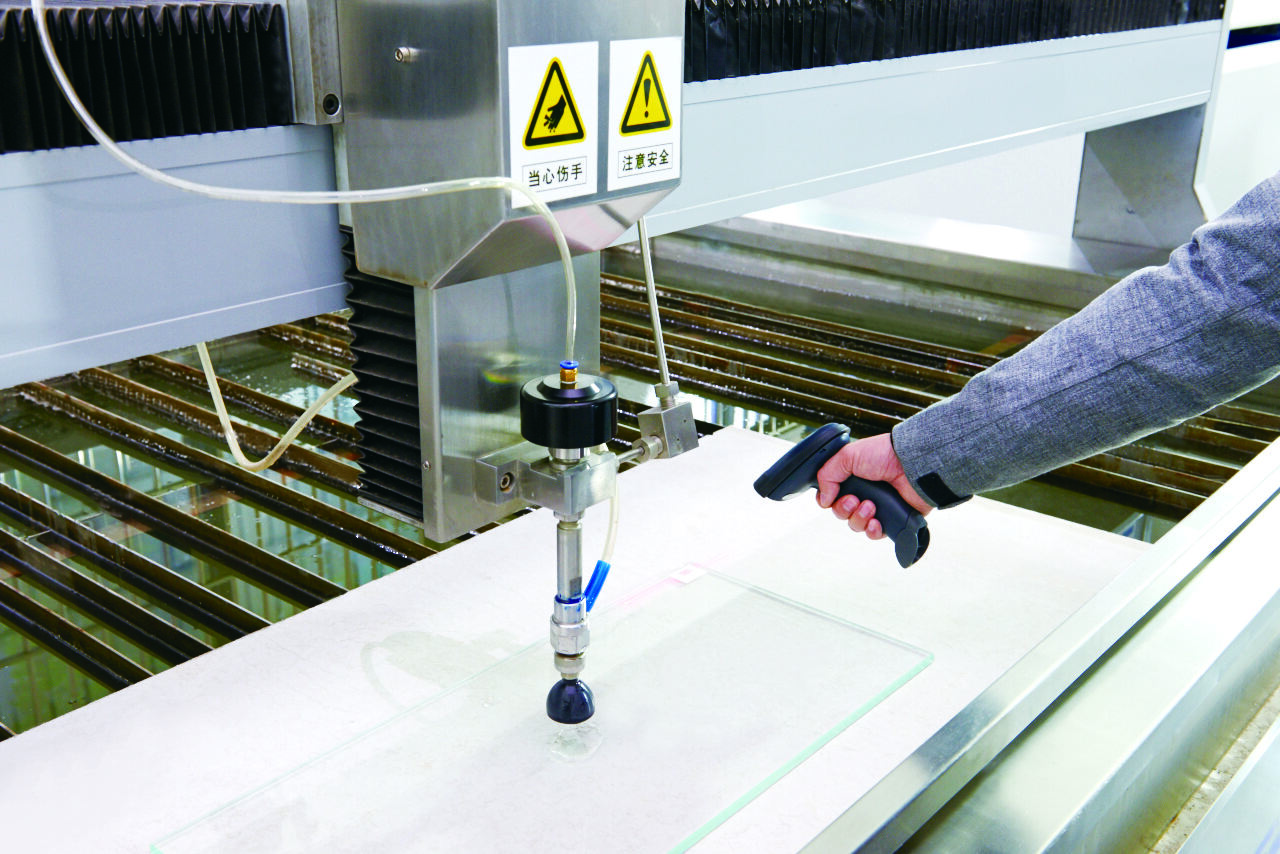איך יודעים מתי מגיע הזמן לשדרג את ציוד מרכז העיבוד של CNC?
ליצרנים ועסקים בתחום הפקה, הכרה עם הזמן הנכון לשדרוג מרכז עיבוד CNC הוא קריטי לצורך שמירה על יעילות, דיוק ותחרותיות. ציוד מרכז עיבוד CNC מתקדם במהירות עם התקדמות הטכנולוגיה, ומציע דיוק רב יותר, מהירות ייצור גבוהה יותר ואוטומציה מתקדמת.
שימוש רציף בציוד מיושן יכול להוביל לעלות תחזוקה גבוהות יותר, ירידה באיכות היצוא, וזמן השבתה ממושך. לכן, הבנת הסימנים המציינים כי שדרוג הוא הכרח יכול למנוע עיכובים בייצור ולקדם ביצועים עקביים.
בחינה של ה מרכז עיבוד CNC ציוד, זיהוי צרכים מבצעיים, והצמדת יכולות המכונה עם דרישות הייצור הם צעדים מרכזיים לקבלת החלטה מושכלת. עדכון בזמן הנכון מקסימום את ההשבתה וממשיך את תהליך הייצור שלך תחרותי.
הערכת ביצועי ציוד קיים
בחינת יעילות תפעולית
אחד הסימנים הראשונים המציינים כי ציוד מרכז העיבוד שלך (CNC) עשוי להיות זקוק לשדרוג הוא ירידה ביעילות התפעולית. מכונות הדורשות תחזוקה תדירה, מתקשות בעיבוד רכיבים מורכבים, או зам slowing down the production process, יכולות לפגוע ביצוא הכולל.
מעקב אחר מדדי ייצור, כגון זמני מחזור, זמני השהיה וDean דפוסים, עוזר לקבוע אם ציוד המרכז לעיבוד בקרת מספרית (CNC) קיים עומד בדרישות הביצועים.
זיהוי מגבלות ביכולות
לציוד מרכז עיבוד בקרת מספרית (CNC) יש יכולות מסוימות במונחי טיפול בחומרים, תצורת צירים ודقة עיבוד. אם הציוד הקיים אינו מסוגל להתמודד עם חומרים חדשים, חלקי עבודה גדולים יותר או תכנונים מורכבים, ייתכן שהגיע הזמן לשדרוג.
הבנה של המגבלות של המכונות הקיימות מבטיחה שתשקיעו בציוד מרכזי עיבוד בקונטרול נומרי מחשב (CNC) שמתאים לצרכים המתפתחים של הייצור.

התפתחויות טכנולוגיות וסטנדרטים תעשייתיים
שילוב תכונות אוטומציה מודרניות
ציוד מרכז עיבוד בקרת מספרית (CNC) מודרני מגיע לעיתים קרובות עם תכונות אוטומציה מתקדמות, כגון טעינה רובוטית, מחליפי כלים אוטומטיים ומעקב בזמן אמת. יכולות אלו מפחיתות את עבודת היד, משפרות את הדיוק ומעודדות את קצב הייצור.
אם הציוד הנוכחי שלך חסר את התכונות האלה, שדרוג יכול להקל באופן משמעותי על זרימת העבודה ולהפחית את צרות הייצור.
התאמה לסטנדרטים תעשייתיים חדשים
במידה שסטנדרטים תעשייתיים משתנים, עמידה בהם הופכת להיות חיונית. מכונות מרכז עיבוד בקרת מספרית (CNC) עם טכנולוגיה מיושנת עשויה שלא לעמוד בדרישות הנוכחיות של תקנות או איכות, מה שיכול להשפיע על תעודת האיכות של המוצר ועל האמון של הלקוחות.
שדרוג מבטיח שהציוד שלכם עוקב אחרי הסטנדרטים המתקדמים ביותר, תוך שמירה על רמת האיכות והאמינות הנדרשת בתעשייה שלכם.
ניתוח עלויות ותשואה על ההשקעה
הערכת עלויות תחזוקה
עלויות תחזוקה גבוהות הן סימן ברור לכך שהמכונות במרכזי עיבוד בקרת מספרית (CNC) שלכם עשויות להיות זקוקות להחלפה. מכונות ישנות דורשות לרוב תיקונים תכופים וחלפים, מה שמעמיס על עלויות התפעול.
על ידי השוואת עלויות התחזוקה הנוכחיות להשקעה האפשרית במכונות חדשות למרכז עיבוד בקרת מספרית (CNC), יוכלו יצרנים לבצע בחירות המבוססות על נתונים אשר י tối מיזו את החיסכון לטווח רחוק.
חישוב עליית תפוקה פוטנציאלית
ציוד מרכז עיבוד ב-CNC מציע זמני מחזור קצרים יותר, דיוק משופר ופחתת זמן השבתה. חישוב העלייה האפשרית בפלט הייצור וביעילות עוזר להצדיק את ההשקעה.
שיפוץ בזמן הנכון יכול להגביר את הרווחיות ולתמוך בצמיחה מבלי להפריע משמעותית להפעלות קיימות.
שיפור הדיוק ואיכות המוצר
הפחתת טעויות ופגומים
דיוק הוא גורם קריטי בייצור. ציוד מרכז עיבוד ב-CNC ישן עשוי לייצר שיעורי טעות גבוהים או אי-דיוקים עקב בלאי וטכנולוגיה מיושנת.
שדרוג לציוד מתקדם של מרכז עיבוד ב-CNC מבטיח ספּקּים צפופים יותר, גימור חלק יותר וביצועים אמינים יותר, מה שמוביל לאיכות מוצר גבוהה ופחות חלקים שנדחו.
תמיכה בעיצובים מורכבים ומותאמים אישית
במהלך הרחבת עסקים, לרוב מתקבלים פרויקטים עם גאומטריות מורכבות יותר ודרישות מותאמות אישית. ציוד מתקדם של מרכז עיבוד בקרת מספרית (CNC) יכול להתמודד עם עיבוד רב-צירים, חומרים נפוצים יותר, וחלקים גדולים יותר, מה שהופך אותו מתאים לתחומים מגוונים.
השקעה בציוד מתקדם מאפשרת לייצרנים להרחיב את ההצעות ולקבל הצעות דרישה של הלקוחות בצורה יעילה יותר.
אופטימיזציה של תהליכי עבודה ויעילות תפעולית
ייעול תהליכי ייצור
ציוד חדש של מרכז עיבוד בקרת מספרית (CNC) לרוב כולל תוכנה משולבת, חיבוריות לאינטרנט של הדברים (IoT), וכלי תחזוקה מונעת. תכונות אלו מאפשרות פיקוח בזמן אמת, אופטימיזציה של תהליכי עבודה, וTroubleshooting מוקדם.
יישום של ציוד מתקדם במרכזי עיבוד בקרת מספרית (CNC) מבטיח תהליכי ייצור חלקים יותר, יעילים יותר, ופחות פגיעים להפסקות לא צפויות.
הפחתת זמני הכנה
ציוד מתקדם של מרכז עיבוד בקרת מספרית (CNC) יכול להפחית זמני הכנה באמצעות החלפת כלים אוטומטית, פעולות מתוכנתות וממשק אינטואיטיבי. הכנה מהירה יותר תורמת למחזור עבודה קצר יותר ולייצוריות כוללת גבוהה יותר.
תהליכי הכנה מוא-optimize הופכים את הניהול של רצפים מרובים לייצור פשוט יותר והפיכה מהירה לדרישות משתנות.
הכנה מראש לעידן העתידי בתפעול הייצור
גמישות ופוטנציאל צמיחה
השקעה בציוד מודרני של מרכז עיבוד בקרת מספרית (CNC) מבטיחה גמישות. ככל שדרישות הייצור גדלות או שווקים חדשים נפתחים, התחנה יכולה לעמוד בדרישות נפח גבוה יותר ובמשימות מורכבות יותר מבלי להקריב יעילות.
בחירת ציוד עם פוטנציאל צמיחה מונעת החלפות תכופות ותומכת בהתפתחות עסקית ברת-קיימא.
התאמת קצב להתקדמות הטכנולוגית
תעשייה של מכונת CNC מכניסה כל הזמן חדשנות בתחום התוכנה, האוטומציה ועיבוד החומרים. שדרוג ציוד מרכז עיבוד ה-CNC שומר על המתקדם ומאפשר לאמץ טכנולוגיות חדשות עם הופעתן.
הכנה לעתיד מבטיחה שהמפעלים יישארו יעילים, גמישים ויוכנים להתמודדות עם אתגרים תעשייתיים משתנים.
שאלות נפוצות
איך אני יודע מתי הגיע הזמן לשדרג את ציוד מרכז עיבוד ה-CNC?
סימנים לכך כוללים תחזוקה תדירה, ירידה ביעילות הייצור, חוסר יכולת להתמודד עם חומרים או תכנונים חדשים, וטכנולוגיות מיושנות שאינן עומדות בסטנדרטים התעשייתיים.
מהם היתרונות בשדרוג ציוד מרכז עיבוד ה-CNC?
ציוד מושדרג מציע דיוק משופר, ייצור מהיר יותר, אוטומציה מתקדמת, פחות זמני השבתה, ותאימות לסטנדרטים תעשייתיים מודרניים.
האם שדרוג ציוד מרכז עיבוד ה-CNC יכול לשפר את איכות המוצר?
כן. מכונות מודרניות מספקות סיבובים צפופים יותר, גימור עקבי וטעויות מופחתות, מה שמוביל למרכיבים באיכות גבוהה יותר.
איך אני יכול לחשב את שיעור התשואה על השקעה במכונת CNC חדשה?
שקול את עליית התפוקה הצפויה, הוצאות תחזוקה מופחתות, שיפור באיכות המוצר, ויעילות בתפעול כדי לקבוע את שיעור התשואה הכולל.
 EN
EN
 AR
AR
 BG
BG
 HR
HR
 CS
CS
 DA
DA
 NL
NL
 FI
FI
 FR
FR
 DE
DE
 EL
EL
 HI
HI
 IT
IT
 JA
JA
 KO
KO
 PL
PL
 PT
PT
 RO
RO
 RU
RU
 ES
ES
 SV
SV
 TL
TL
 IW
IW
 LV
LV
 LT
LT
 SK
SK
 SL
SL
 UK
UK
 VI
VI
 ET
ET
 HU
HU
 MT
MT
 TH
TH
 TR
TR
 FA
FA
 MS
MS
 SW
SW
 GA
GA
 AZ
AZ
